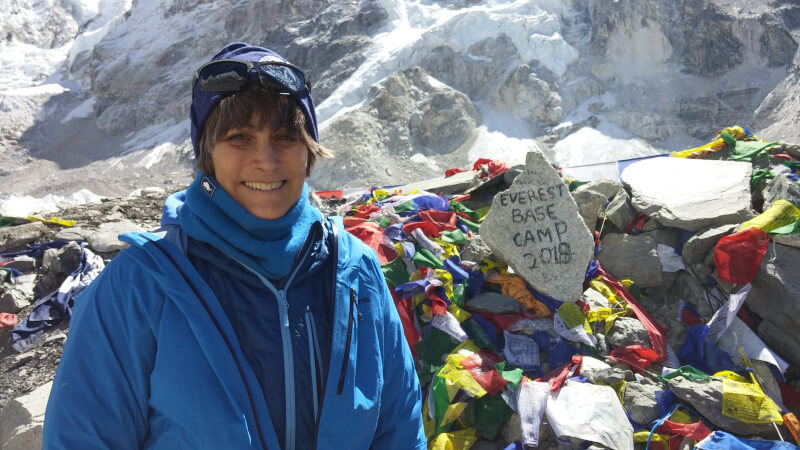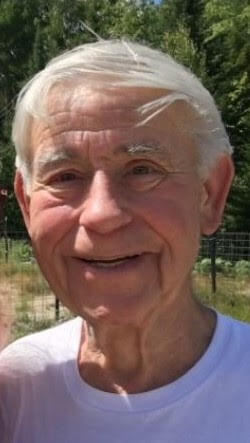SafeSport transitioning to new training platform
In partnership with the U.S. Center for SafeSport, we are migrating our members’ SafeSport accounts to the Center’s new learning management system Absorb starting November 18th, 2020. All new SafeSport training from that date on will be done at safesporttrained.org. Your current account and records of SafeSport training have been moved to this new system, preserving all your information and activities with this training. There is no change to OUSA education on Confluence; these systems are completely separate.
Members that currently have a training account
If you already had an account on safesport.org or athletesafety.org, you can access the new site by going to safesporttrained.org.
Click Login on the upper right, enter your email address as your Username, and click Forgot Password. This will send a password reset notification to your email address. Follow the instructions to create a new, secure password and log into the training site.



